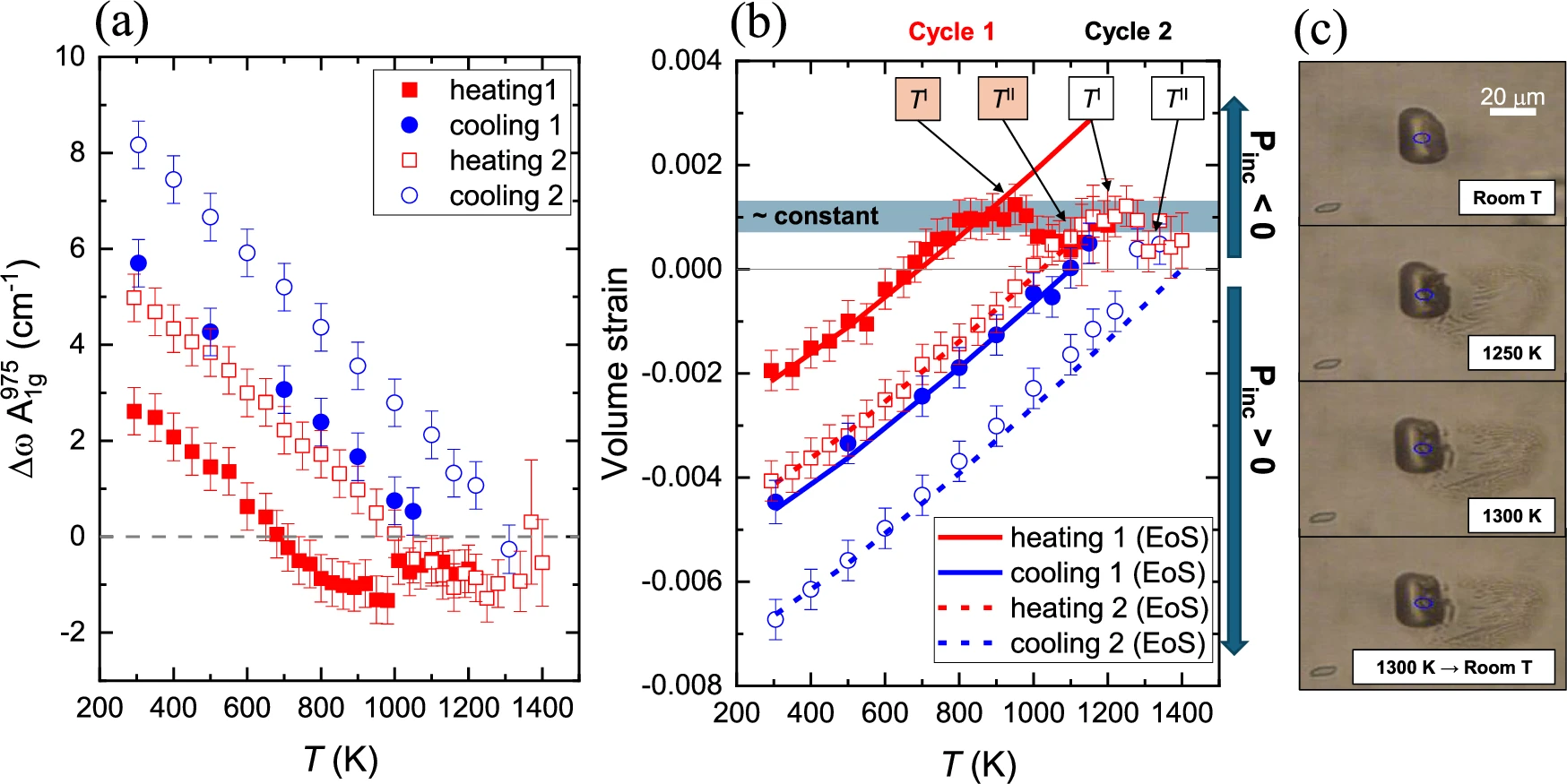New chapter for host-inclusion systems studies
We finally started a new chapter on mineral host-inclusion studies by investigating processes that go beyond simple elasticity.
The study of mineral rheology, how rocks and minerals deform under various conditions, is crucial for understanding Earth’s geodynamic processes, including plate tectonics. Traditionally, laboratory experiments and theoretical models based on simplified synthetic systems have been employed to study mineral rheology. However, these methods have limitations, particularly in capturing the complex influence of natural mineral defects and impurities. This paper proposes a novel approach using mineral inclusions as a natural “laboratory” to investigate mineral rheology in situ.
This new manuscript by Nicola Campomenosi published in Communications Earth & Environment provides a good guideline with examples from some of the novel studies that we are conducting using host-inclusion systems as a benchmark for investigating mineral and rock rheology at depth. We also highlight some of the outstanding questions in geology that could benefit from insight obtained from the investigation of a simplified proxy system such as those offered by natural host-inclusion.

Click here if you want to check out the podcast created as a test with notebook LM
